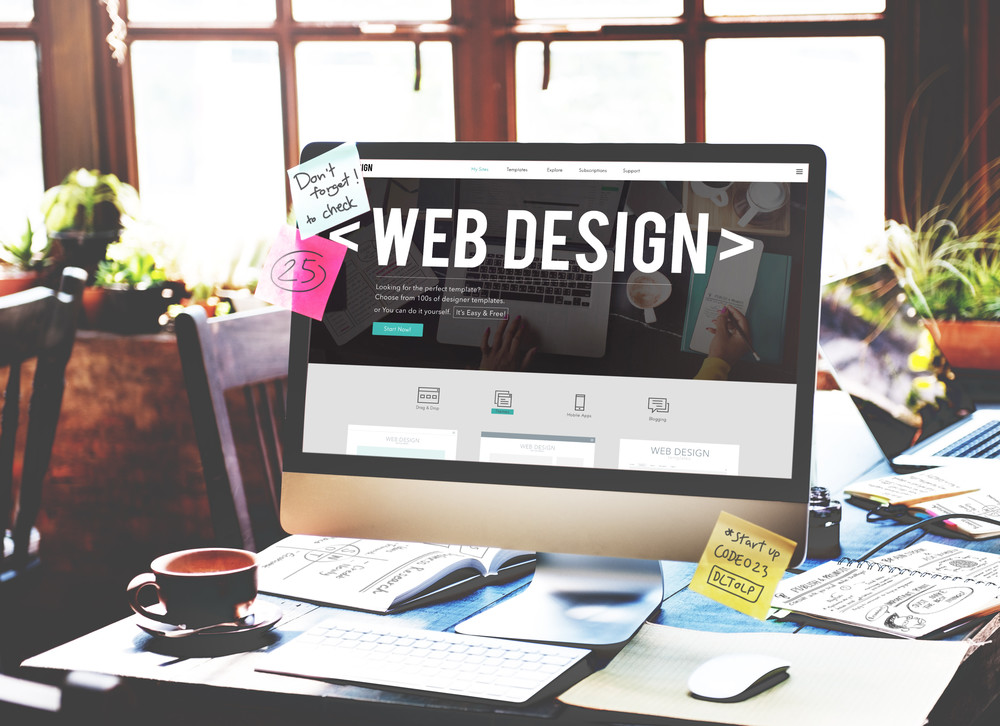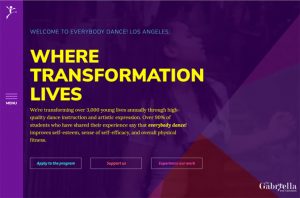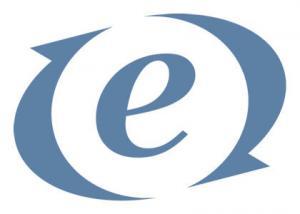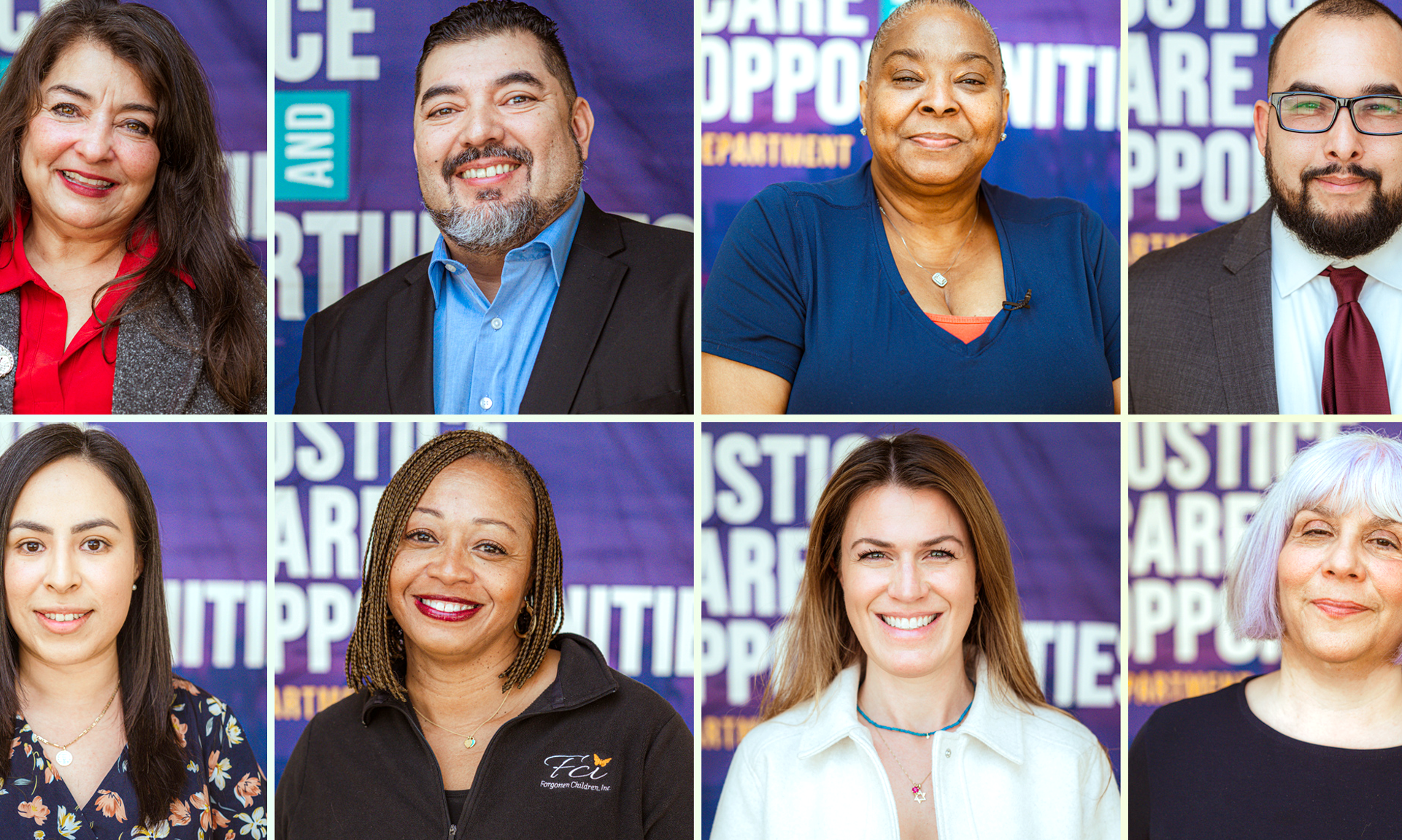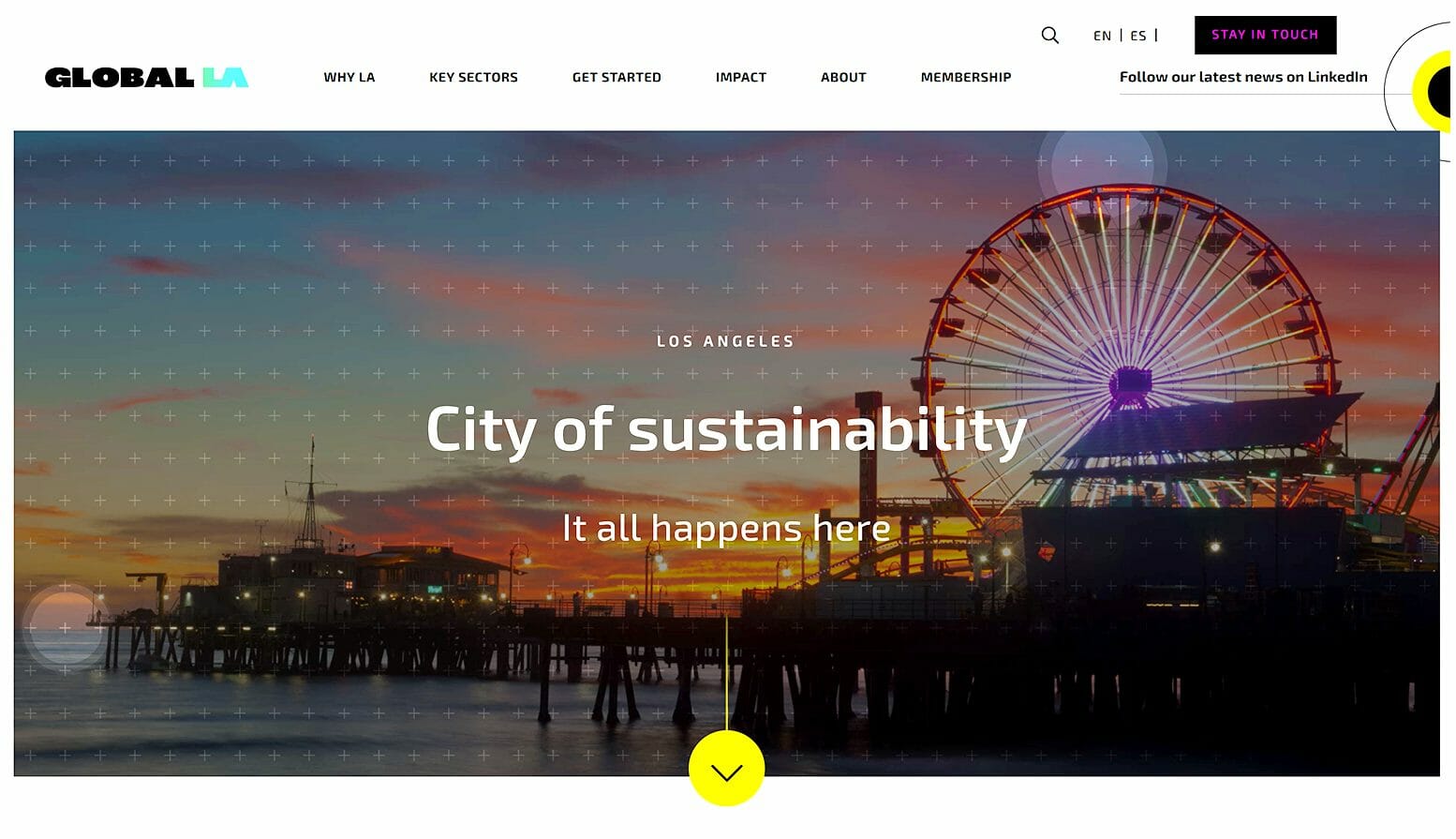20 May ‘18
9 Website Design Questions to Ask Before You Start
20 May ‘18
In: Branding & Visual Design, Content Management Systems (CMS), Nonprofit Resources, User Experience Design, Web Design & Development, / By: Chris Simental
When embarking on a new website design project, you’ll want to be prepared to answer the important questions below. Knowing the answers to these will not only make the entire design and development process smoother, but the knowledge will also yield a better product in the end.
1. What percentage of the current content will be used on the new website?
This is important to know because it affects the amount of work involved in migrating content from the current site to the new one. If only 10% of the content were going to be migrated, it would be considerably less work than migrating 100% of the content. WordPress plugins such as All-in-One WP Migration and Duplicator can help speed up content migration; however, it’s also important to know…
2. How much NEW content needs to be created for the site? And, who will create it?
If new content needs to be created, it’s important to have a solid plan for who will create it. Sometimes content needs to be merged, or edited, or pruned. Sometimes it needs to be created from scratch. Whatever the case may be, content creation can become a bottleneck if it isn’t taken into consideration early in the website design process. Ripe can assist with copywriting, but regardless of who is creating the content, we recommend using a tool like GatherContent to map everything to the structure of the new site. This tool makes it easy to see if and where any content gaps exist, and then assign a task to a team member to fill it.
3. Is high-resolution photography and video available?
Screen resolutions continue to improve on a rapid and regular basis. Nothing says “unprofessional” like low quality photography. And while online stock photo sites like Shutterstock can be great for filling in photography gaps, it’s not advisable to exclusively use stock photos on a website because they tend to come off as too “stock”-y. It is much better to allot time and resources for a custom photo and/or video shoot, if possible, or use existing photos or video that you already have. Higher-end smartphones are capable of capturing very high resolution photos and video, and here in sunny Los Angeles, California we have plenty of natural light at our disposal. Just be careful, though, that your photos don’t look too amateur. You want all of you your marketing materials to be of the highest quality possible.
4. Are there brand guidelines that need to be followed?
Oftentimes clients come to us with an existing logo, or one that was recently created, but this isn’t always accompanied by supporting brand guidelines. Of course, it’s not completely necessary to have brand guidelines in place—we’d love to help with this endeavor in the early stages of the project—but if brand guidelines do exist, just make sure they’re current and still reflect the core values of your organization.
5. Does the website design project need to integrate with any 3rd-party systems?
Integration is really hot right now. In fact, if your website isn’t integrating with some sort of 3rd party system—be it a CRM like SalesForce or HubSpot or email program like MailChimp or ConstantContact—there’s probably room for improvement. Most importantly, if you already have some integrations in place, be sure to note which ones need to continue functioning on the new site, which ones are going way, and which, if any, need to be added.
6. Who is your current web hosting company, and are you going to stay with them?
Web hosting is a quirky business. Pricing is all over the map and what you get for your money can be even more challenging to understand. If you’re happy with your hosting provider, by all means, you should stick with them; however, if you’re getting the sense that you could do better, the start of a web design project is the perfect time to explore your options. Keep in mind, some hosting companies actually hinder the design process. Cumbersome and/or limited control panels, limitations on the number of domains and subdomains, or unavailability of root access are all things that can lead to delays in getting your new site up and running. Lately we’ve been recommending inmotion hosting to our clients because the features and service they offer are outstanding, and their rates are affordable.
7. Is there a staging version of the website?
It is possible to complete a website design project without using a staging server, but if and when it’s possible to do so, we always recommend a staging server because it will allow for better independence between your development environment and your “live” site. Hosting platforms like WPEngine have built-in staging servers, which is a nice feature. But even without that, it’s often possible to create a staging version just by using a subdomain or a subfolder.
8. What is your monthly traffic regarding unique visitors, total visits, and pageviews?
The top reason why this information is important is because you don’t want your traffic to drop when the new site goes live. We typically employ redirect plugins such as Redirection (available for WordPress) to route all previous pages of the site to appropriate locations on the new site. The last thing you want is to lose traffic because a popular page on your old site is no longer available. Providing 301 redirects to new pages is a great way to maintain that traffic and get search engines and website visitors to start viewing your new pages.
9. How many people need access to the backend of your site and how many different access levels will be needed?
This question is important because, typically, content management systems come pre-installed with a single administrator account. Generally, with WordPress development, it’s easy to create multiple groups with varying levels of access. For example, one group could be Editors, who are able to edit posts but not create new ones or delete old ones. Another group might be Authors, who can create new posts but aren’t allowed to view or edit users in the system. Even more complex structures can be created with plugins like Member Access. We advise that these levels be worked out prior to the start of the website design CMS integration so there are no surprises or delays.
Conclusion
Designing or redesigning a website can be a lot of work. And many obstacles can slow down momentum, which draws projects out longer than necessary. Having thorough answers to the above questions will help start your website design project off on the right foot and can make the difference between meeting your timeline and budget or not.
As always, we’d love to hear more about your project to help you see the possibilities. Feel free to contact us if you have any questions at all.
Cheers,
Chris

Chris Simental is a creative problem-solver, tech strategist, and co-founder of RIPE, a digital agency helping mission-driven organizations streamline their workflows, optimize their websites, and make technology work for them—not against them. With nearly two decades of experience working with brands like Disney, CBS, Toyota, and American Express, he specializes in web design, UX, and automation. When he’s not tackling complex digital challenges, he’s brewing award-winning beer, making music, or reminiscing about his days as a ranch hand.


